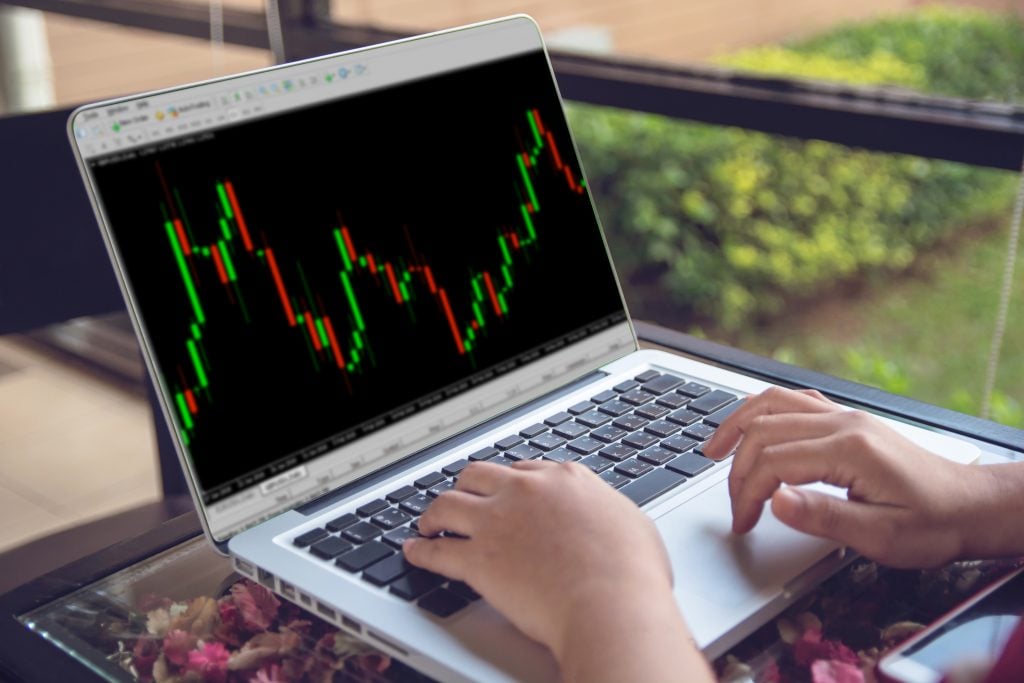
Building Confidence and Skill with a Demo Account
In the world of trading and investing, confidence and competence are often the difference between success and failure. For beginners stepping into the markets, the idea of risking real money right away can be daunting. That’s where a demo account comes in—a powerful, risk-free tool designed to bridge the gap between inexperience and proficiency. With real-time data and virtual funds, demo accounts provide a practical and psychologically safe environment to learn the ropes. Whether you’re interested in forex, stocks, or cryptocurrencies, using a demo account wisely can lay a solid foundation for future financial endeavours.
What is a Demo Account?
A demo account is a simulated trading environment provided by brokers that mirrors real market conditions but uses virtual funds instead of real money. These accounts are typically offered for free and give users access to the same platforms, charts, tools, and market data as live trading environments. The purpose is to allow new traders to practice without the pressure of losing actual capital. It’s also a useful way for experienced traders to test new strategies or familiarise themselves with a new trading platform before committing real money.
Many online brokers across asset classes—from forex to stocks to commodities—provide demo accounts to encourage users to get comfortable with their services. The mechanics of trading, such as placing orders, setting stop-losses, and interpreting charts, are identical to those used in a live account. The only difference is that the gains and losses are not real. Find more information at Saxo Capital Markets Singapore.
The Psychological Edge: Gaining Confidence
Confidence is a major psychological barrier that many new traders struggle to overcome. The fear of losing money often leads to hesitation, second-guessing, and poor decision-making. A demo account acts as a confidence-building tool by eliminating the risk factor, allowing traders to focus purely on learning and execution.
As you practice and start to understand how the markets behave, you’ll gradually begin to trust your instincts and strategies. The experience gained through repetition creates muscle memory, so that actions like setting stop-losses or analysing trends become second nature. This confidence doesn’t develop overnight but is cultivated through consistent practice in an environment where mistakes carry no financial consequences.
By removing the fear of failure, a demo account encourages experimentation. Traders can explore various approaches, learn from their missteps, and discover what methods suit their personality and risk tolerance best. Over time, this boosts both confidence and decision-making ability—two crucial elements of successful trading.
Sharpening Skills in a Risk-Free Environment
Beyond boosting confidence, demo accounts provide a hands-on way to build practical trading skills. Beginners can familiarise themselves with different order types, such as market, limit, and stop orders. They can experiment with risk management techniques like position sizing and trailing stops. Learning to read charts, analyse trends, and apply technical indicators becomes much more effective when done in a dynamic, real-time environment.
One of the most valuable aspects of using a demo account is the ability to simulate different market conditions. Whether the market is bullish, bearish, or highly volatile, a demo account allows you to test your strategy in a wide range of scenarios. This kind of exposure is essential to understanding how your approach performs under pressure.
Another overlooked benefit is gaining fluency in the trading platform itself. Knowing how to navigate the software, execute trades swiftly, and access analysis tools can save valuable seconds and prevent costly mistakes when trading live. Traders who skip this learning phase often find themselves overwhelmed in real-market conditions.
Setting Realistic Goals and Expectations
While demo accounts are valuable, they can sometimes create a false sense of security. Traders may experience high returns without real risk and assume the same results will carry over to live trading. This phenomenon, known as the “demo illusion,” can lead to overconfidence and rash decisions when real money is on the line.
To combat this, it’s important to approach demo trading with the same seriousness you would apply in a live environment. Set clear goals—whether it’s achieving consistent returns, mastering a specific strategy, or learning to manage risk effectively. Track your performance, maintain a trading journal, and reflect on each session. Treat every trade as if it were real.
Common Mistakes to Avoid
It’s easy to fall into bad habits when using a demo account. One of the most common mistakes is treating it like a game. Without the emotional weight of real money, traders might take oversized positions, ignore risk management, or chase unrealistic profits. These habits, if carried into live trading, can be disastrous.
Another mistake is skipping the use of trading journals. A journal is vital for tracking your performance, understanding why trades succeed or fail, and refining your approach. Demo accounts offer the perfect opportunity to establish this habit early on.
Conclusion
A demo account is more than just a sandbox for new traders. It’s a strategic tool for building the confidence and skill required to succeed in the high-stakes world of trading and investing. By taking the demo environment seriously, traders can experiment freely, learn deeply, and prepare thoroughly for real-market challenges. Whether you’re just starting or testing a new strategy, practising in a demo account equips you with the experience and emotional resilience needed to trade effectively.




